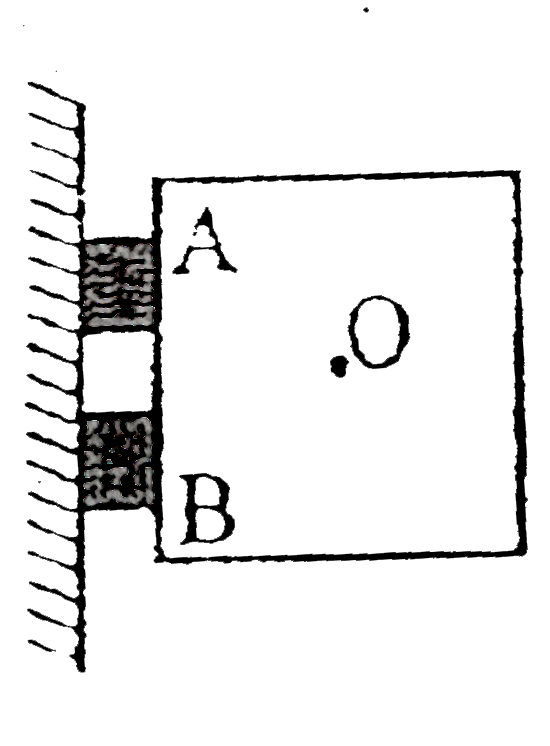Fish like body with notochord extending the entire length of the body. Unsegmented, worm like animals with proboscis, collar and trunk.
To solve the question regarding the classification of animals with a fish-like body and specific anatomical features, we can break it down into the following steps:
1. Identify the Key Features: The question describes animals with a fish-like body, a notochord extending the entire length of the body, and an unsegmented, worm-like structure with three distinct parts: proboscis, collar, and trunk.
2. Understand the Notochord: The notochord is a flexible rod-like structure found in all chordates at some stage of their development. It serves as a primary support structure and is a defining characteristic of the phylum Chordata.
3. Classify Chordates: Chordates are divided into two main groups based on the presence or absence of a cranium:
- Acrania (Protocordata): Lacks a cranium.
- Craniata (Eukordata): Possesses a cranium.
4. Subdivisions of Acrania: The Acrania group is further divided into three subphyla:
- Hemichordata: Characterized by a body divided into proboscis, collar, and trunk.
- Urochordata: Notochord present only in the larval stage.
- Cephalochordata: Notochord present throughout life and along the entire length of the body.
5. Analyze the Characteristics: The question specifies that the animals are unsegmented and have a notochord extending the entire length of the body. This aligns with the characteristics of Cephalochordata.
6. Conclusion: Based on the analysis, the correct classification for the described animals is Cephalochordata, as they possess a fish-like body, a notochord extending the entire length of the body, and are unsegmented with the specific body divisions mentioned.
Final Answer:
The correct answer is Cephalochordata.
---
- Acrania (Protocordata): Lacks a cranium.
- Craniata (Eukordata): Possesses a cranium.
- Hemichordata: Characterized by a body divided into proboscis, collar, and trunk.
- Urochordata: Notochord present only in the larval stage.
- Cephalochordata: Notochord present throughout life and along the entire length of the body.
The correct answer is Cephalochordata.
Similar Questions
Knowledge Check
(1) Centre of gravity (C.G.) of a body is the point at which the weight of the body acts,
(2) Centre of mass coincides with the centre of gravity if the earth is assumed to have infinitely large radius,
(3) To evaluate the gravitational field intensity due to any body at an external point, the entire mass of the body can be considered to be concentrated at its C.G..,
(4) The radius of gyration of any body rotating about an axis is the length of the perpendicular dropped from the C.G. of the body to the axis. which one of the following pairs of statements is correct ?A(1) and (4)B(1) and (2)C(1) and (3)D(3) and (4)
Body is discoid or ball like in
View SolutionRead the following statements.
Statement-A: Balanoglossus has segmented body.
Statement-B : Their body is divisible into three distinct regions proboscis, collar and trunk.
Choose the correct option.
(a) Both statements are correct
(b) Statement-A is correct and statement-B is incorrect
(c) Statement-A is incorrect and statement-B is correct
(d) Both statements are incorrect
View SolutionA mollusc in which the detached body gets coiled like a millipede is
View SolutionState the function of receptors in our body. Think of any three situations where receptors in the body do not work properly. Mention the problems which are likely to arise.
View SolutionA vertical rectangular door with its centre of gravity at O (see figure) is fixed on two hinges A and B along one vertical length side of the door. The entire weight of the door is supported by the hinge A. Then the free body force diagram for the door (the arrows indicate the direction of the forces) is

View SolutionCylindrical bodies, worm-like marine animals belong to the phylum:
View SolutionThe body is like a spiny ball in
View Solution